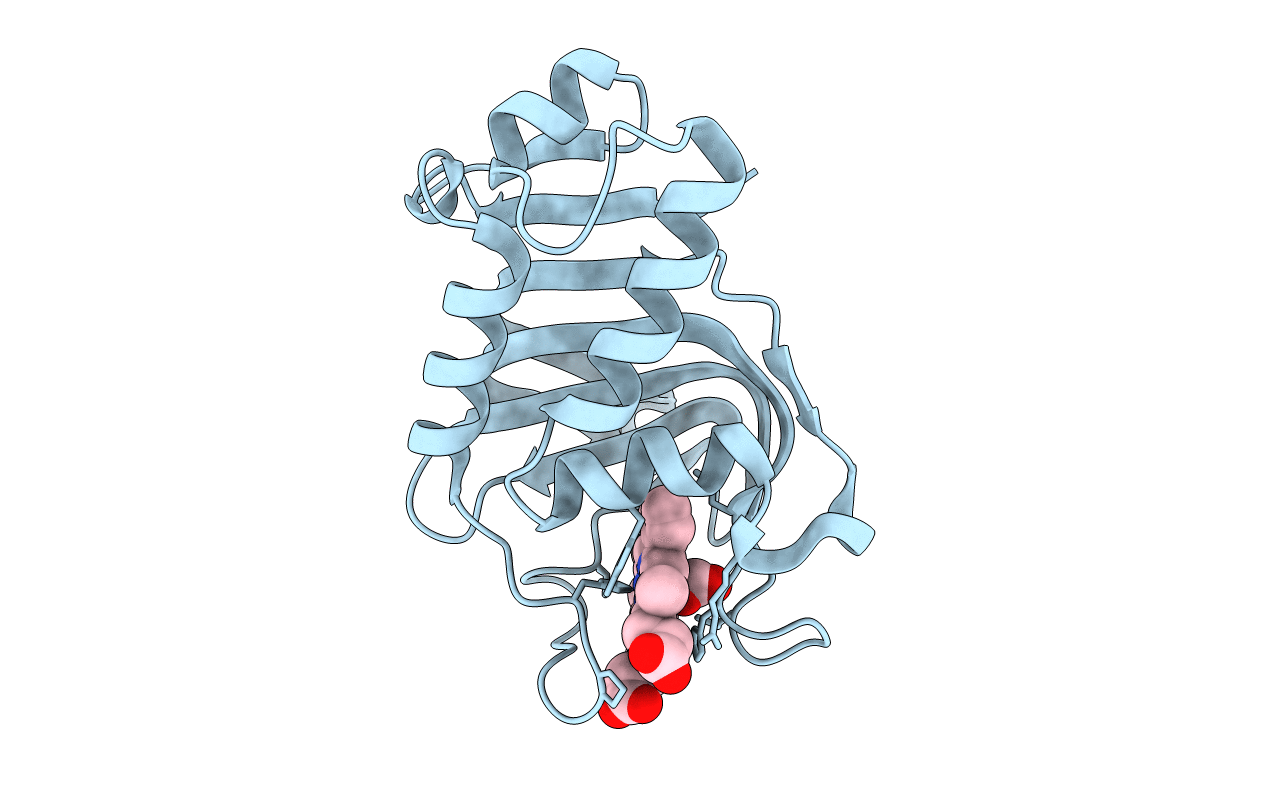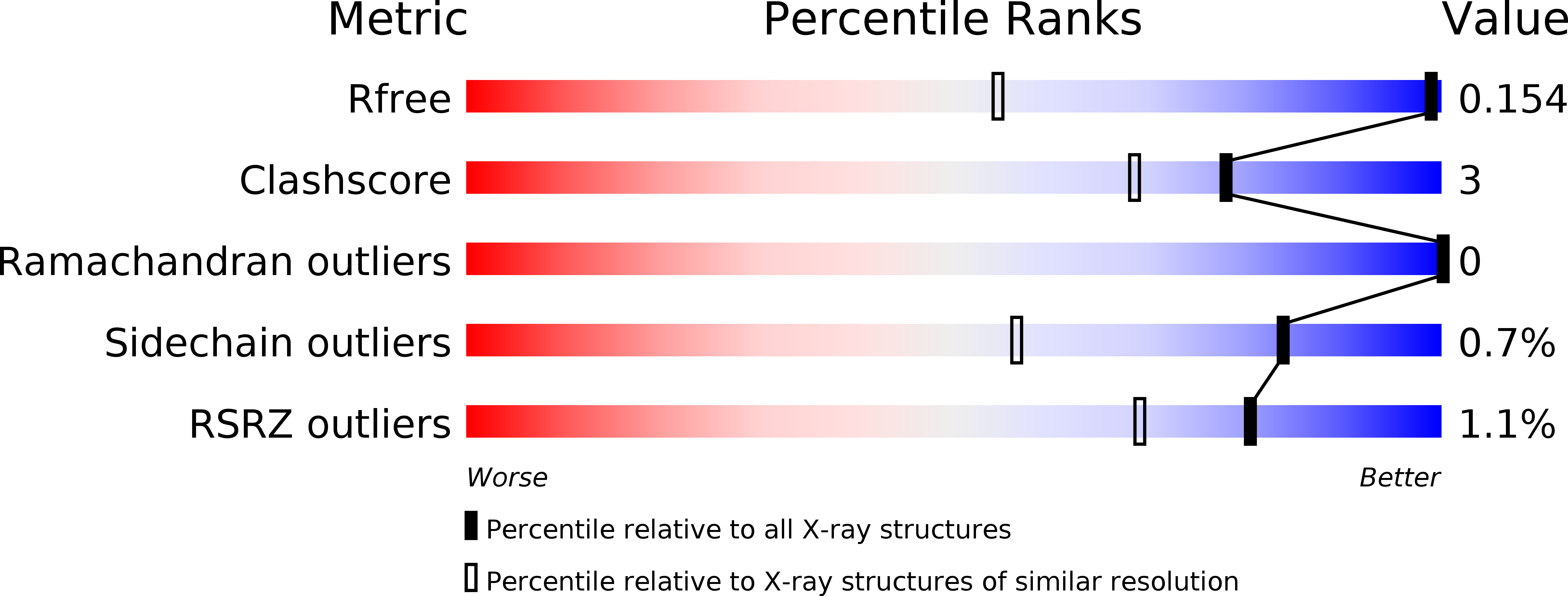
Deposition Date
2013-12-23
Release Date
2014-03-26
Last Version Date
2023-09-20
Entry Detail
PDB ID:
4O6Q
Keywords:
Title:
0.95A resolution structure of the hemophore HasA from Pseudomonas aeruginosa (Y75A mutant)
Biological Source:
Source Organism:
Pseudomonas aeruginosa (Taxon ID: 287)
Host Organism:
Method Details:
Experimental Method:
Resolution:
0.95 Å
R-Value Free:
0.14
R-Value Work:
0.13
R-Value Observed:
0.13
Space Group:
P 21 21 21


